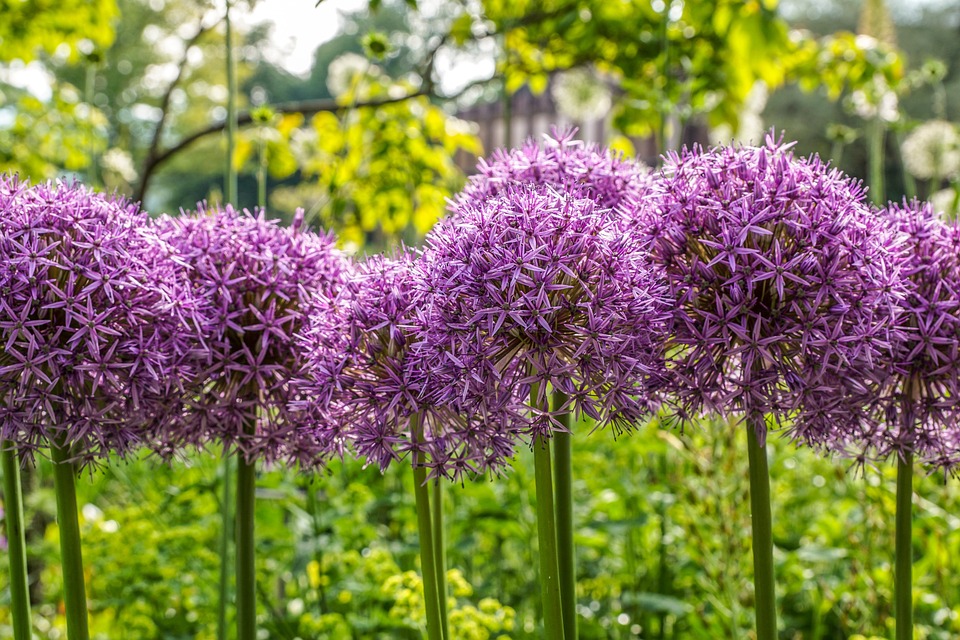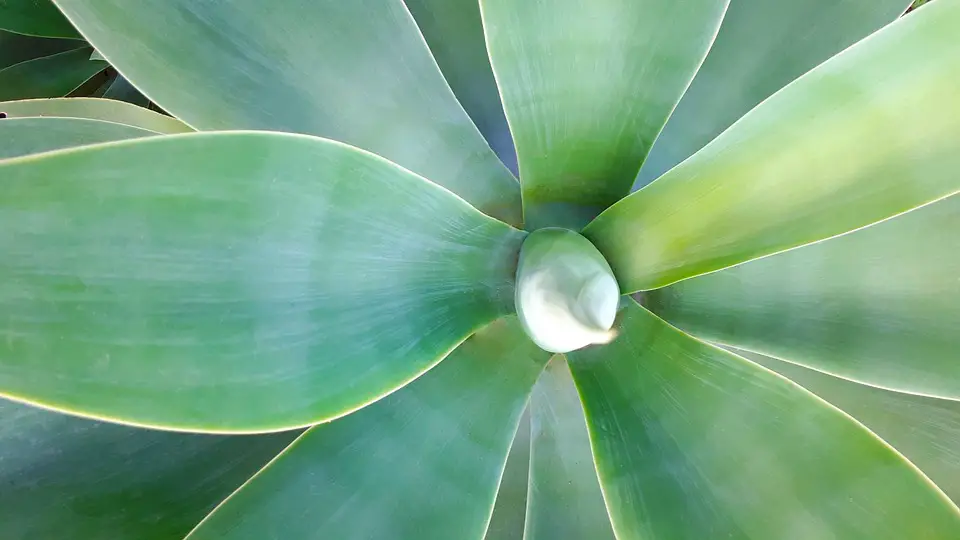Introduction
Greenhouse gardening is a fantastic way to extend your growing season, protect your plants from harsh weather, and create an optimal environment for thriving vegetation.
Choosing the Right Greenhouse
The first step in greenhouse gardening is selecting the right greenhouse for your needs.
Location and Orientation
The location and orientation of your greenhouse are crucial for its success.
Temperature and Ventilation
Monitoring and controlling the temperature inside your greenhouse is vital.
Irrigation and Watering
Greenhouse plants require regular and adequate watering.
Soil and Fertilizers
Choose the right soil mix for your greenhouse plants.
Pest and Disease Management
Preventing and managing pests and diseases is crucial in greenhouse gardening.
Crop Selection
When starting out, choose crops that are easier to grow in a greenhouse environment.
Monitoring and Record-Keeping
Keeping a record of your greenhouse activities can assist you in identifying patterns, successes, and areas for improvement.
Continuous Learning
Greenhouse gardening is a constant learning journey.
FAQs
Q: How often should I water my greenhouse plants?
A: The frequency of watering depends on various factors such as the type of plants, season, and environmental conditions.
Q: How can I prevent fungal diseases in my greenhouse?
A: To prevent fungal diseases, ensure good air circulation, avoid overcrowding plants, maintain proper spacing, and manage humidity levels.
Q: Can I use my greenhouse year-round?
A: With proper insulation, heating, and ventilation, you can certainly utilize your greenhouse throughout the year.
Q: Are there any specific crops that thrive best in greenhouses?
A: Several crops thrive in greenhouses, including tomatoes, peppers, cucumbers, lettuce, herbs, and various flowers.
Q: How can I control pests in a greenhouse without using harmful chemicals?
A: Implement integrated pest management techniques, such as beneficial insects, physical barriers, companion planting, and organic pesticides.




